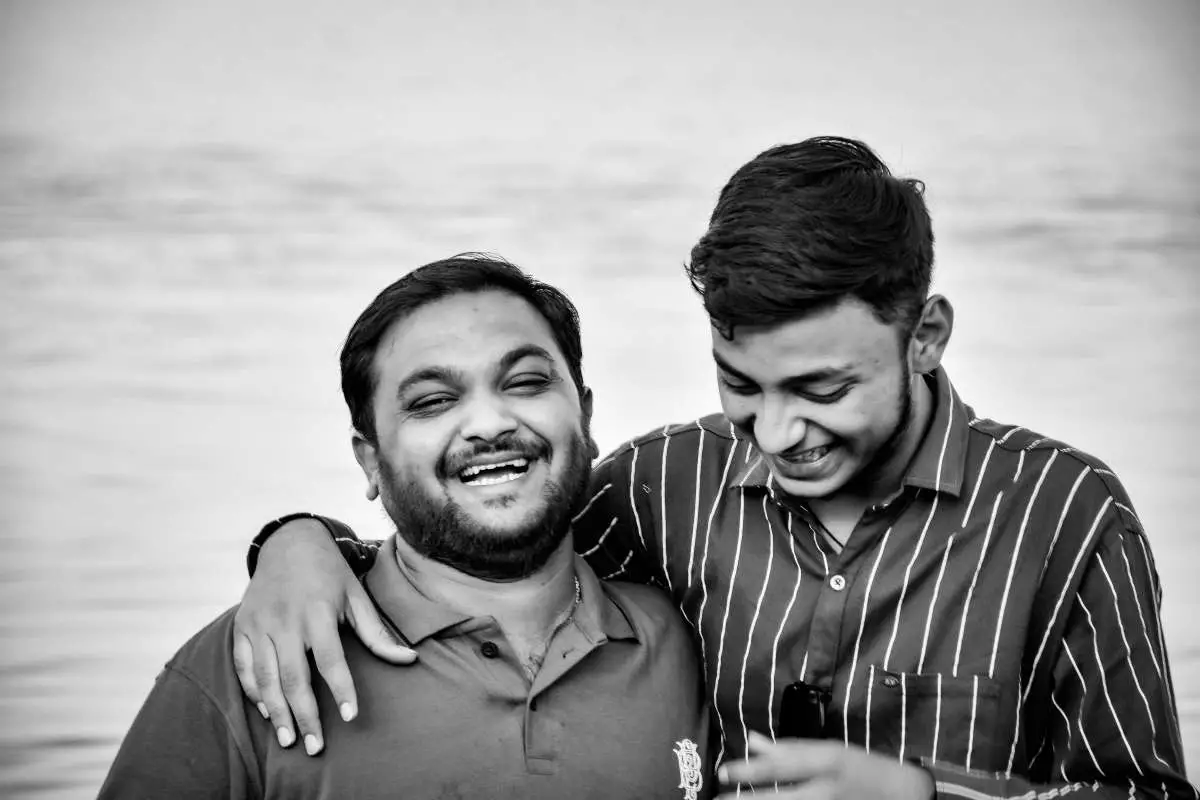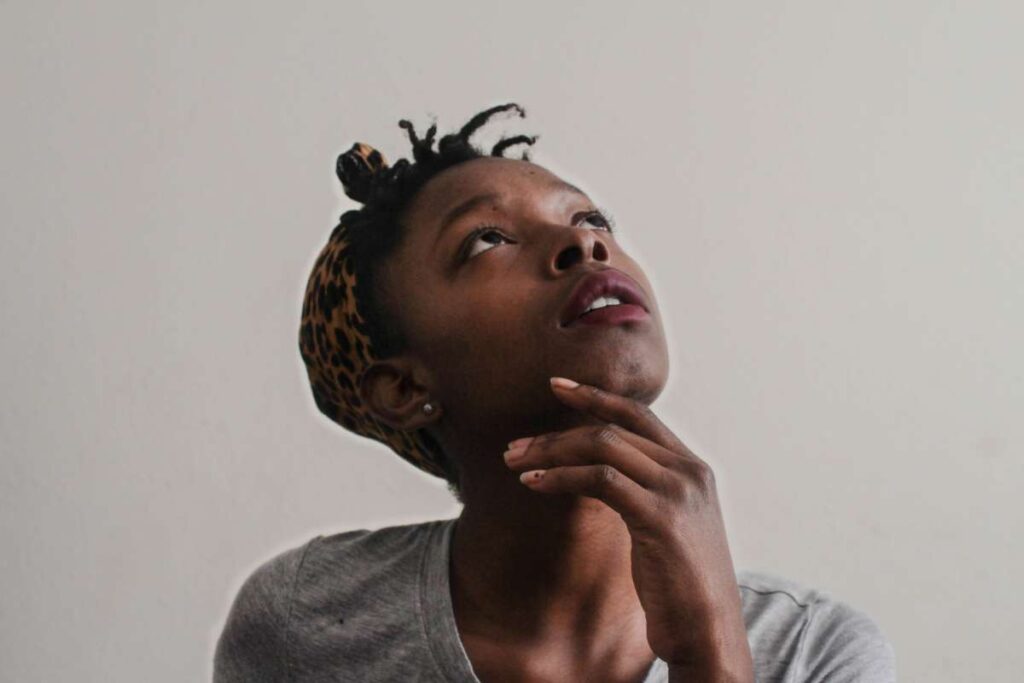Portrait photography is a fascinating field that captures subjects' personalities, expressions, and essence. While it may evoke memories of classic family photos, this genre is diverse, with multiple styles emphasising different artistic elements and creative approaches.
This guide covers the main types of portrait photography, providing insights into each style's unique qualities and the skills required to achieve the desired results.
Let’s get straight to the point
Portrait photography encompasses a range of styles designed to capture subjects' personalities and emotions. This guide covers the primary types, from traditional and formal portraits focusing on classic poses and professionalism to lifestyle, candid, and environmental portraits emphasising natural moments and context.
Conceptual, surreal, and abstract portraits allow for imaginative storytelling with digital manipulation or symbolic elements. Other styles, like glamour, boudoir, and close-up portraits, spotlight beauty and intimate details, while fine art and self-portraits offer an avenue for artistic exploration.
Mastering these styles allows photographers to convey authenticity and connect deeply with their subjects.
Types of Portrait Photography?

Portrait photography can be divided into numerous subgenres. Each style provides photographers with different ways of showcasing individuality, capturing unique moments, and conveying various emotions. Here, we delve into the popular types of portrait photography to help you expand your knowledge and approach to this versatile art form.
1. Traditional Portraits
Traditional portraits are the cornerstone of portrait photography. They feature subjects posed and gazing directly into the lens. Typically taken in a controlled studio environment, these portraits focus on the head and shoulders.
Characteristics of Traditional Portraits:
- Subjects pose formally, often against a neutral or white background.
- Studio lighting is carefully controlled to create flattering angles.
- Head-and-shoulder compositions are the standard, but variations exist.
This style remains popular due to its timeless appeal, creating elegant and classic images.
2. Family And Group Portraits
Family and group portraits capture multiple individuals together, emphasising relationships and interactions. While traditionally formal, modern group portraits can be casual, reflecting the relaxed, authentic bond among friends or family.
Key Elements in Group Portraits:
- Subjects are often dressed uniformly or in complementary colours.
- These portraits may be taken in natural or indoor settings based on the desired atmosphere.
- Capturing natural interactions is essential for authentic group dynamics.
Photographing groups can be more challenging than single portraits due to the need for balanced lighting and composition for each person in the frame.
- Formal Portraits
Formal portraits involve a controlled setup, where the photographer emphasises elegance and professionalism. These images are often used for corporate headshots, business profiles, and professional portfolios.
Features of Formal Portraits:
- Subjects wear formal attire like suits or dresses.
- Lighting highlights the subject’s facial features and posture, creating a professional appearance.
- Commonly taken in a studio with minimal props to focus on the subject.
This genre is suited for individuals needing polished, professional photos for personal branding or corporate use.
4. Lifestyle Portraits
Lifestyle portraits are candid and reflect people in everyday environments, capturing moments as they unfold. This style emphasises genuine emotions and interactions over carefully posed setups.
Important Aspects of Lifestyle Portraits:
- Photos are taken in natural settings, often at home or familiar locations.
- Poses are casual, highlighting everyday activities like cooking or playing.
- Spontaneity and authenticity are prioritised over technical precision.
Lifestyle portraits require a balance between direction and freedom, often needing a photographer who can guide without disrupting the natural flow of events.
5. Conceptual Portraits
Conceptual portraits use props, backgrounds, or digital enhancements to convey a deeper message or theme. Often experimental, this style allows for personal expression and storytelling through imagery.
Conceptual Portrait Essentials:
- Themes and emotions are conveyed through visual elements and symbols.
- Unique backgrounds or digital manipulation, such as surreal landscapes or water effects, can create dramatic atmospheres.
- Requires creativity in both setup and editing to achieve the desired impact.
This approach is widely used in advertising, art photography, and personal projects where the photographer aims to convey abstract concepts.
6. Environmental Portraits
Environmental portraits capture the subject in a setting that reflects their personality or profession, blending traditional and lifestyle photography elements.
Core Characteristics of Environmental Portraits:
- Locations are significant to the subject, like an artist’s studio or a chef’s kitchen.
- The environment adds context, giving viewers insight into the subject’s life.
- Although posing may be involved, the surroundings are equally important.
Photographers use environmental portraits to tell a story by highlighting the individual and their chosen space, making the location as integral as the subject.
7. Candid Portraits
Candid portraits capture spontaneous, unposed moments that reveal genuine expressions. Frequently associated with street photography, this style emphasises authenticity over technical setup.
Aspects of Candid Portrait Photography:
- Subjects are unaware or uninfluenced by the photographer’s presence.
- The natural environment dictates lighting and composition.
- Moments of genuine expression and interaction are prioritised.
This style is ideal for capturing raw, unscripted emotions and is commonly used in documentary and street photography.
8. Glamour And Boudoir Portraits
Glamour photography, often associated with beauty portraits, emphasises the allure and attractiveness of the subject. Boudoir photography, a subset of glamour, focuses on intimate, sensual expressions, often taken in a private, comfortable setting.
Defining Features of Glamour and Boudoir Portraits:
- Subjects are styled with professional makeup and attire.
- Focus on elegance, with a hint of sensuality in poses and lighting.
- Ideal for personal expression and self-confidence boosting.
Boudoir sessions are frequently chosen for personal keepsakes or gifts, and they emphasise making the subject feel empowered and confident.
9. Surreal Portraits
Surreal portraits blend reality with imagination, often through digital manipulation, to create dream-like images. This style challenges conventional norms and allows photographers to explore fantasy elements in their work.
Elements of Surreal Portraits:
- Heavy use of Photoshop or other editing tools to achieve surreal effects.
- Subjects may be positioned in fantastical settings, such as underwater scenes or levitation.
- Props and visual illusions enhance the surreal quality.
Surreal portraits explore psychological themes by depicting a visual representation of the subject's inner world or dreams.
10. Abstract Portraits
Abstract portraiture focuses on creating artistic expressions that don’t necessarily follow traditional standards of likeness or clarity. Instead, they evoke emotions and personal interpretations.
Defining Aspects of Abstract Portraiture:
- Compositions may obscure or fragment the subject’s features.
- Techniques like motion blur or partial visibility create unique effects.
- There’s no requirement for accuracy, allowing for high levels of creativity.
This style allows artists to experiment, offering endless possibilities for evoking mood and mystery through photography.
11. Close-Up Portraits

Close-up portraits focus intently on specific features of the subject, like the eyes or hands, creating an intimate view that highlights detail and expression.
Key Elements in Close-Up Portraits:
- Emphasis on facial features, capturing intricate details.
- A narrow depth of field often blurs the background to focus on the subject.
- Engages the viewer closely, offering insight into the subject's emotions.
This approach is popular for capturing expressions, as close-ups can convey complex emotions through slight facial nuances.
12. Fine Art Portraits
Fine art portraits aim to convey an artistic message and are often displayed in galleries or exhibitions. This genre encourages the exploration of aesthetic qualities, blending photography with elements of painting or sculpture.
Characteristics of Fine Art Portraiture:
- Photographers often take inspiration from classical art movements.
- Highly stylised, focusing on lighting, costume, and composition.
- Conceptual and surreal elements are commonly included.
Fine art portraiture transcends traditional portrait forms, offering a platform for photographers to showcase interpretative and experimental styles.
13. Self Portraits
Self-portraits allow photographers to experiment with their images, often using creative methods and setups to convey their personality or artistic vision.
Core Features of Self-Portrait Photography:
- The photographer is both the subject and the artist.
- Props like tripods or remote releases are used for framing and capturing shots.
- Unique angles and experimental lighting add to the self-expressive quality.
While the modern "selfie" has made self-portraits common, true self-portraiture remains a deliberate, artistic endeavour.
Conclusion
Portrait photography is a rich, multifaceted genre that offers countless opportunities for creative expression. Whether capturing the elegance of traditional portraits or exploring surrealism in conceptual photography, each style provides a unique lens to reveal the subject's character.
By mastering the various types of portrait photography, photographers can expand their artistic repertoire, finding new ways to engage with their subjects and tell compelling visual stories.
FAQs About Portrait Photography
There's nothing more important in a portrait than the eyes. As the saying goes, “The eyes are the window to the soul.” And in a portrait, it's the eyes, more than any other part of the image, which convey, captivate and make us feel connected to the person.
Choosing the wrong background is one of the most common portrait photography mistakes. Many photographers who are new to portrait photography tend to focus on the subject of the portrait and don't consider how the background they have chosen is impacting the overall look and feel of the portrait.
Portrait photography can be important for many reasons and those reasons may vary from individual to individual. A portrait photograph may be important for historic preservation, personal branding or for personal pleasure.
They can be created in any media, from traditional oil paintings, to photographs, sculpture and even mixed media. Portraits can show part figures, usually showing the sitter's head and shoulders, but they can also depict the whole figure. They can also illustrate more than one person, in a group portrait.
A portrait is the likeness or representation of someone whether through sculpture, painting, photograph or other artistic media. A picture is a photograph. If a portrait sounds like it has more depth than a picture, it's because it usually does have more depth and tends to offer a story better than a picture does.

